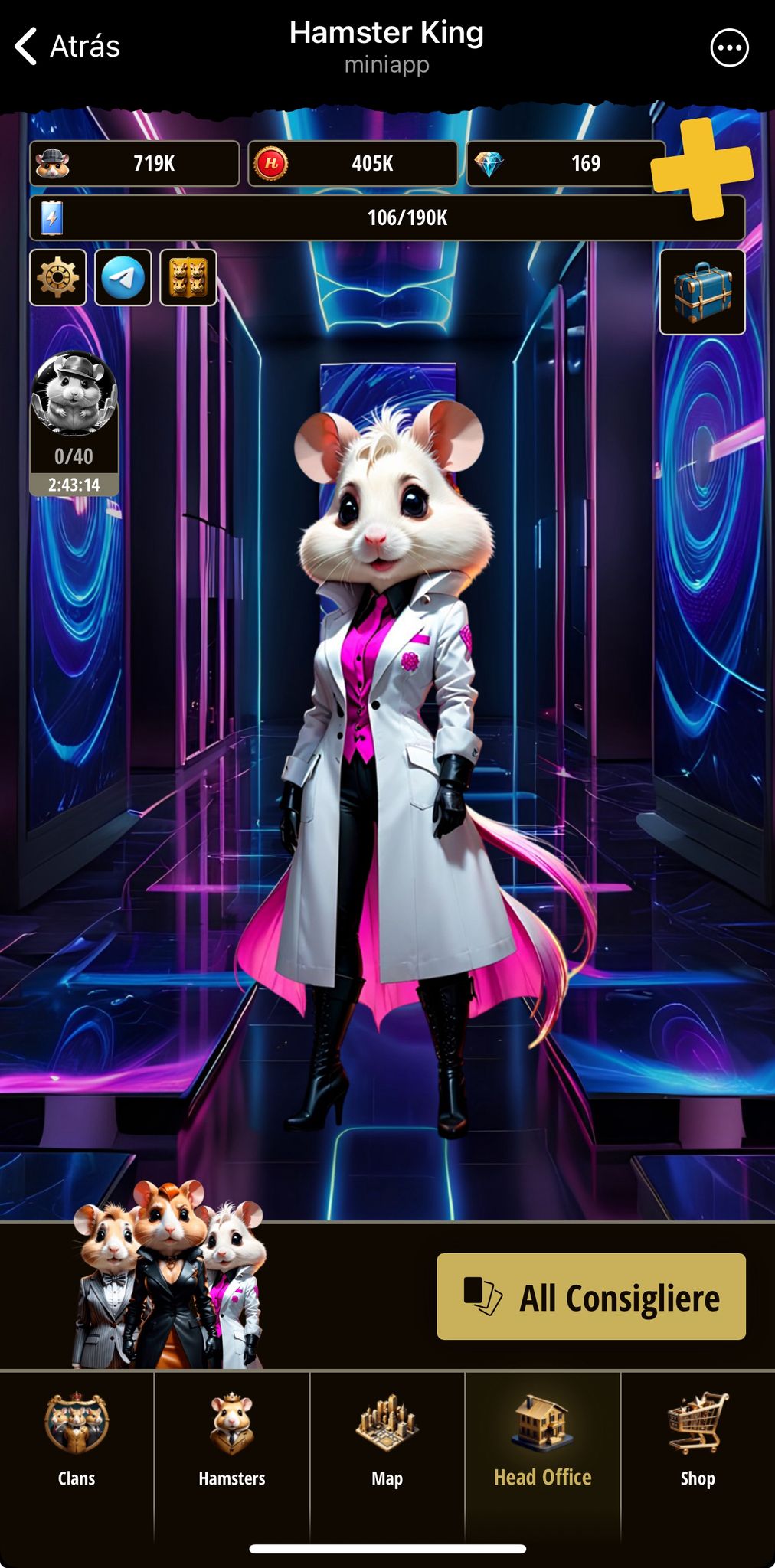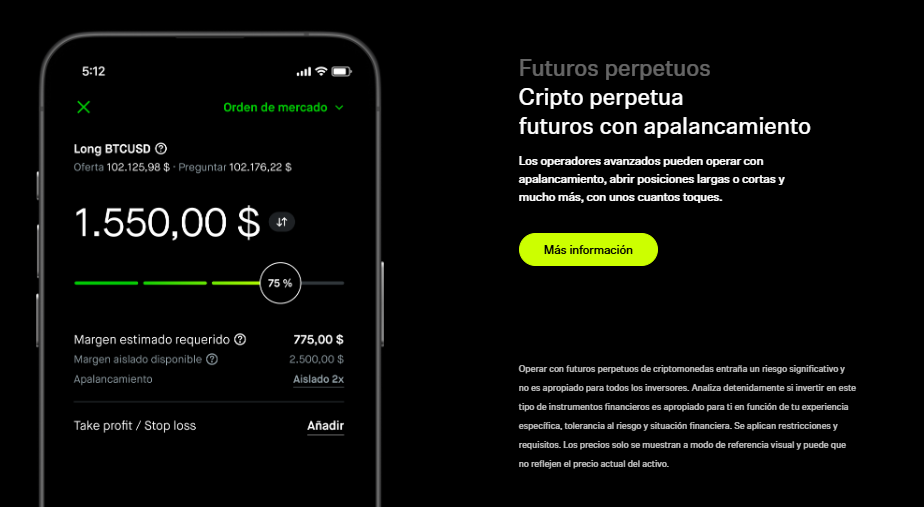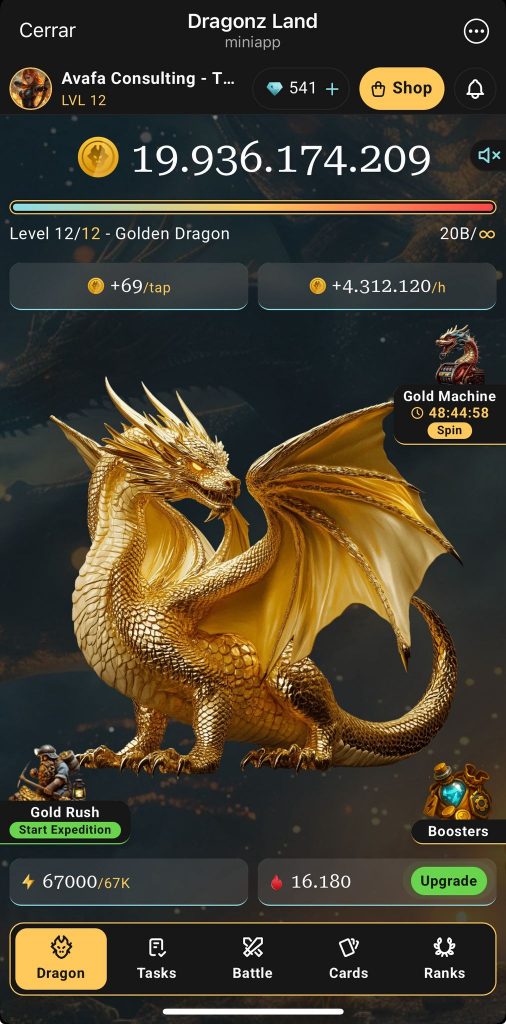Cross-Chain Compatibility: What Is It and How Does It Work?
Explore Cross-Chain Compatibility: Find Out What It Is, How It Works, and the Challenges It Faces. Simplifies the Exchange

Cross-Chain Compatibility: What Is It and How Does It Work?
Cross-chain compatibility is a fundamental concept in the cryptocurrency and blockchain technology space that enables interoperability between different blockchains. This means that assets and information can flow freely between blockchain networks that would otherwise be independent and unable to communicate. This phenomenon is essential to facilitate the exchange of digital assets, making the blockchain ecosystem more accessible and efficient.
As more blockchains have emerged, each with its own protocols and applications, the need to facilitate interaction and exchange between these networks has become apparent. Cross-chain compatibility allows users to transact more easily, which is crucial for the widespread adoption and growth of the cryptocurrency market.
How Does Cross-Chain Compatibility Work?
Blockchain interoperability can be achieved through various technologies and methods. Some of the most prominent include:
- Sidechains: They are blockchains that operate in parallel to the main chain and allow the transfer of data.
- Notarial Scheme: This method uses a third party acting as a notary to facilitate cross-blockchain transactions.
- Oracles: They provide data external to smart contracts, allowing blockchains to act on real-world information.
- Blockchain Router: It allows connection between different blockchains, acting as a hub to facilitate communication.
- Market-Scale Solutions: Projects like Cosmos and Polkadot that provide structures to facilitate interoperability between blockchains.
- HTLC Contracts: They allow the creation of smart contracts that facilitate timed transactions between different networks.
Challenges in Implementing Cross-Chain Interoperability
Implementing cross-chain support offers numerous advantages, but it also presents several significant challenges, including:
- The immutability of data on blockchain requires thorough verification before any transfer.
- Security risks during the transfer process, given the advancement in interception and hacking methods.
- Technical limitations on the amount of data that can be transferred simultaneously.
- Diversity in the trust models applied by each blockchain, which complicates interoperability.
- Potential manipulation of large networks due to their exposure to smaller networks that can exploit vulnerabilities.
Future Perspectives on Blockchain Interoperability
The future of cross-chain compatibility looks promising, with numerous solutions under development and testing that aim to facilitate applications in Web3. However, major challenges must be addressed, such as the need for standardization to avoid fragmentation and the lack of a universal legal framework that recognizes these assets. The evolution of interoperability will play a crucial role in the development of the blockchain ecosystem in the next decade.
For more information on cross-chain compatibility and other related topics, visit the original article.
Note: This original content has been modified with AI and reviewed by a specialist.















